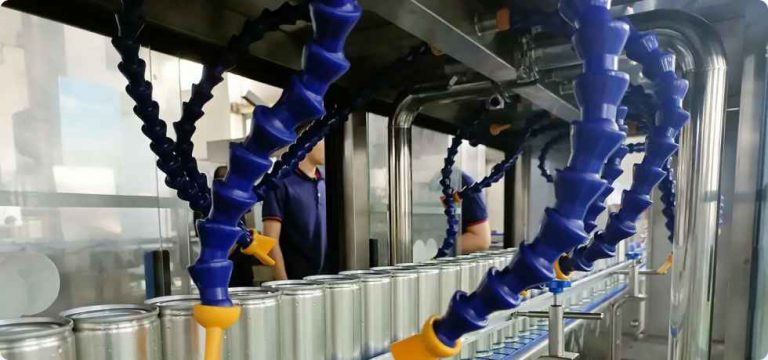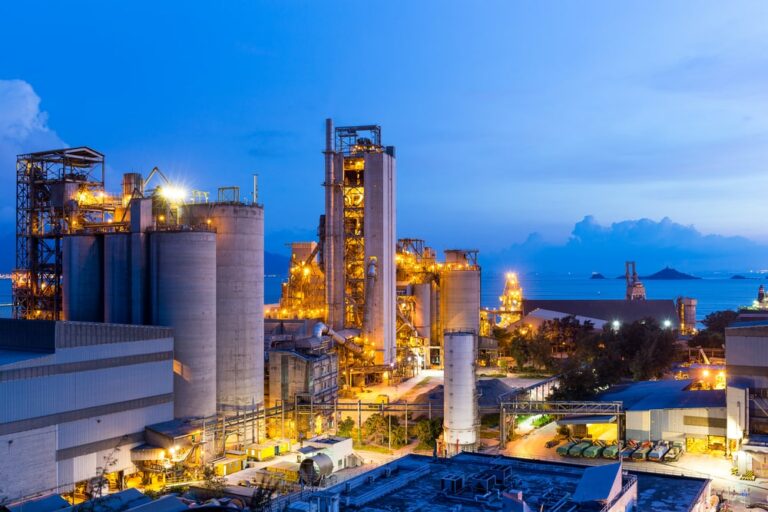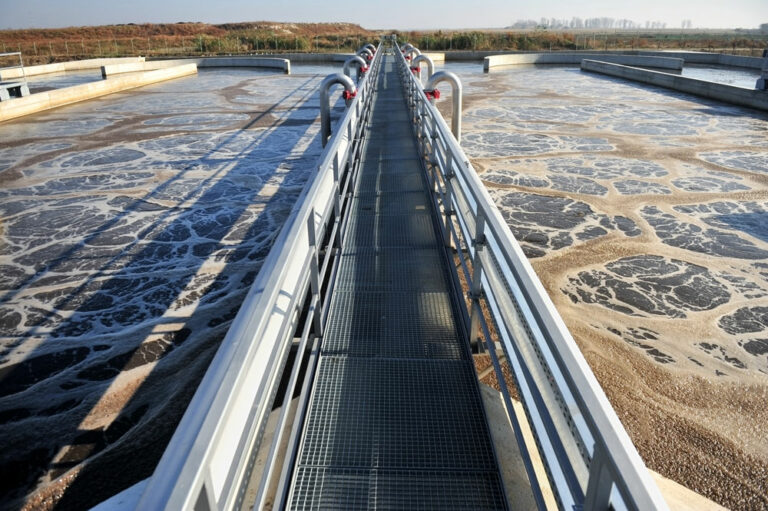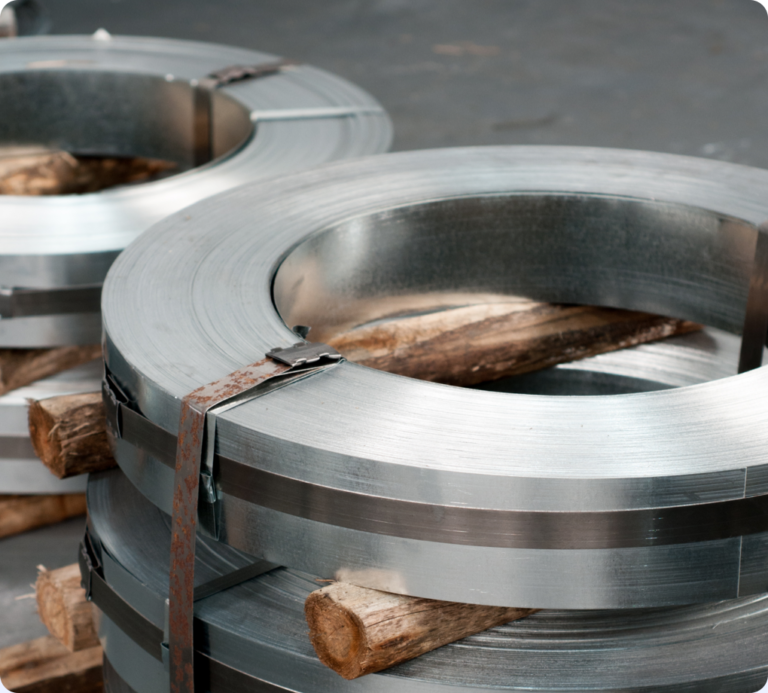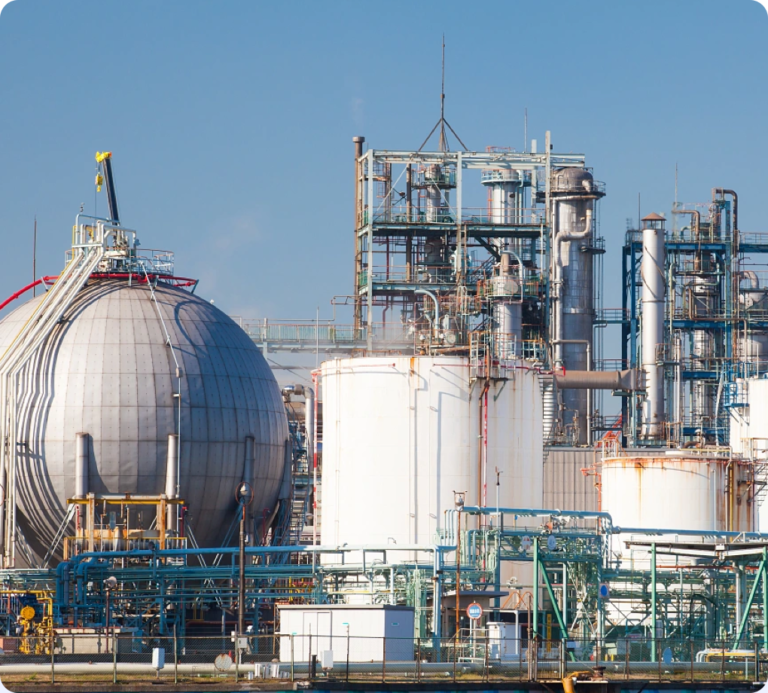RAETTS is a professional Energy-efficient blower,low pressure blowers for kiln process in cement industry,aeration blower for waste water treatment plants,air foil bearing blower,magnetic levitation blower,industrial blower solution for cement industry manufacturer.RAETTS has set up a number of subsidiaries in Beijing, Tianjin, Jiangsu, Sichuan, Guangxi and other provinces and cities to provide high-quality and convenient services to customers nationwide; in addition, RAETTS customers have spread to Thailand, Malaysia ,Bahrain,Ukraine,Indonesia,France,Romania,and many other countries.
RAETTS suspension blower has been recognized by the Ministry of Industry and Information Technology as an “Energy Efficiency Star” equipment product, and has been selected for the national energy-saving technology and equipment recommendation catalog. Global customer feedback shows that the energy saving rate of RAETTS blower and compressor is more than 30% compared to traditional blower and compressor and more than 5% compared to the same type of blower and compressor.
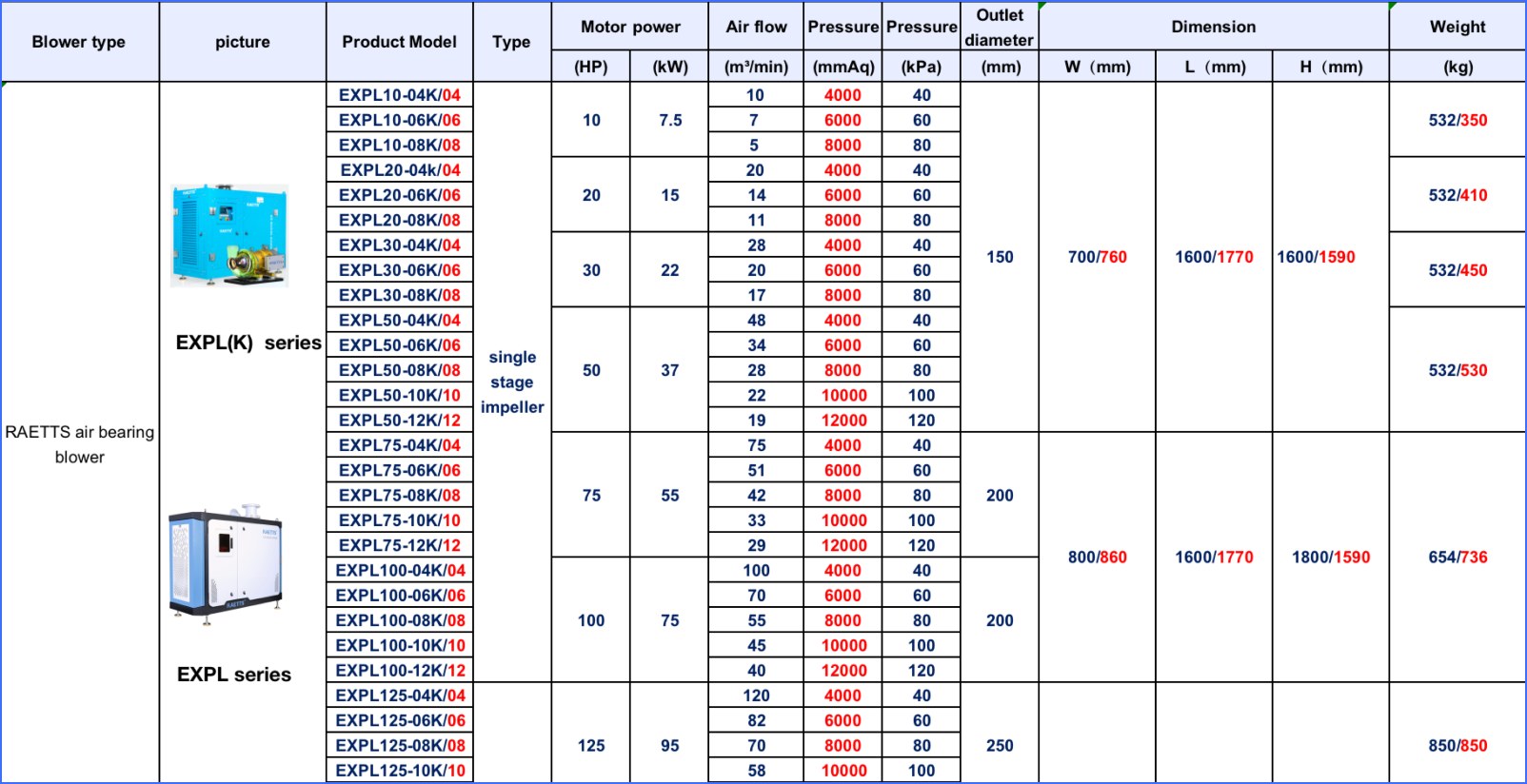
| Product name | blower for pneumatic conveying |
| Keyword | Energy-efficient blower,low pressure blowers for kiln process in cement industry,aeration blower for waste water treatment plants,air foil bearing blower,magnetic levitation blower,industrial blower solution for cement industry |
| Place of Origin | China |
| Feature | RAETTS air bearing turbo blower is a brand-new concept blower, which integrates the main core technologies such as “air suspension bearing”, “permanent magnet ultra-high-speed motor”, “high-precision aviation-grade impeller”, and creates a new era of ultra-high efficiency ,low noise and low energy consumption. |
| Dimensions | 705mm*807mm*796mm, (Contact us for specific information to confirm) |
| Applicable Industries | paper making, etc. |
| Weight | 409kg |
| delivery date | the common delivery time will be 30-40 days. |
| terms of paymen | RAETTS accept payment by T/T(30% advance payment,70% before shipment) |
| Life span | 13 years (Contact us for specific information to confirm) |
| After-sale service | RAETTS warranty time for air bearing blower and maglev turbo blower is 24months,for high speed centrifugal blower is 12 months. |
| Advantage | We keep good quality and competitive price to ensure our customers benefit |
| Packing | 868x865x883mm(Contact us for specific information to confirm) |
| OEM/ODM | Customization Service Provided |
| Sales country | All over the world for example:Bahrain,Ukraine,Indonesia,France,Romania |
| MOQ | 5pcs(Contact us for specific information to confirm) |
| production capacity | production capacity RAETTS production quantity for air bearing blower and maglev turbo blower is about 200pcs/month,for high speed centrifugal blower is about 700pcs/month. |
| raw materials | RAETTS air blower impeller in made of aluminum alloy,enclosure material is carbon steel,rotor material is cast iron.If customers need other special materials,we can also customized according to customers requirements |
| technology | RAETTS air bearing blower technology is originated from South Korea and maglev turbo blower technology is originated from Germany.RAETTS also have R&D team from Xi’an Jiaotong University |
| quality system | RAETTS has quality management system certificate ISO9001:2015 and enviromental management system certificate ISO14001:2015 |

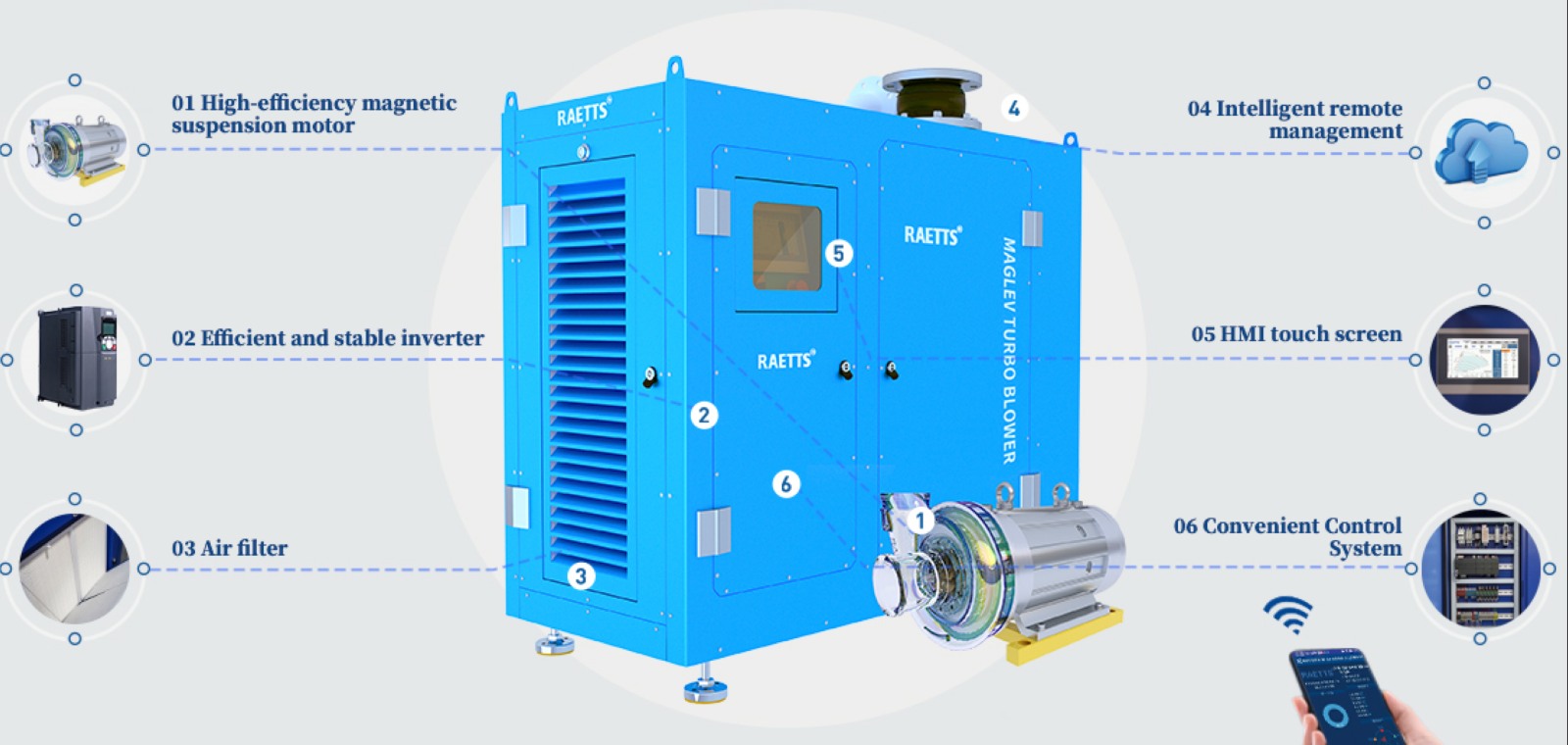
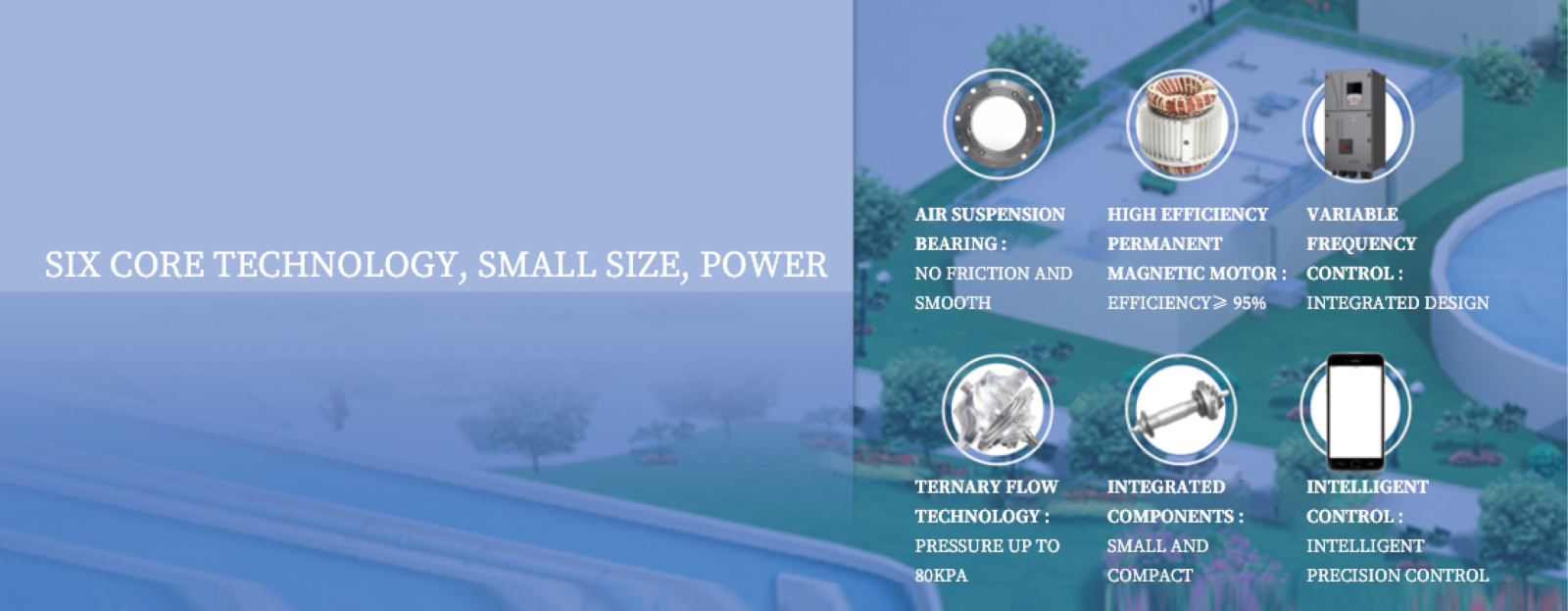
blower for pneumatic conveying services FAQs Guide
Are you looking for a quick review guide about blower for pneumatic conveyingservices?
An ultimate FAQ buying guide is available to help you.This guide contains all the information about all the important facts, figures, and various processes regarding blower for pneumatic conveying services.
Let’s continue!
2.About blower for pneumatic conveying production management system
3.What Safety Features Should I Look for in a Turbo Blower?
4.How to choose the right blower for pneumatic conveying for your specific needs?
5.How Does a Turbo Blower Compare to Traditional Centrifugal Blowers?
6.About blower for pneumatic conveying production skills training
7.How Does a Turbo Blower Handle Varying Inlet Conditions?
8.What are the different types of blower for pneumatic conveying available in the market?
9.Can a Turbo Blower Handle Abrasive or Corrosive Gases?
10.What are the advantages of using an turbo blower for pneumatic conveying?
11.Are Turbo Blowers More Suitable for Certain Applications?
12.About blower for pneumatic conveying production equipment
13.About the scale of blower for pneumatic conveying factory
14.How Does a Variable Speed Drive Affect a Turbo Blower’s Performance?
15.About blower for pneumatic conveying raw material procurement system
1.About blower for pneumatic conveying patent
RAETTS won 5 Patents for invention, 18 Patents for utility models,3 Design patents +2 software copyrights,Dozens of patents under application,and formulated 1 Industrial standard and 2 Technical standards.
2.About blower for pneumatic conveying production management system
RAETTS use 6S system to manage the production,we also have enviromental management system certificate ISO14001:2015 and occupational health and safety management ISO45001:2018
3.What Safety Features Should I Look for in a Turbo Blower?
As one of the top blower for pneumatic conveying manufacturers in China, we take this very seriously.
1. Overload Protection: This feature automatically shuts off the blower if it becomes overloaded, preventing damage to the motor and other components.
2. Thermal Protection: This feature monitors the temperature of the blower and shuts it off if it becomes too hot, preventing overheating and potential fire hazards.
3. Ground Fault Circuit Interrupter (GFCI): A GFCI is a safety device that shuts off the power to the blower if it detects a ground fault or electrical leak, preventing electric shock.
4. Lockout/Tagout Capability: This feature allows the blower to be locked out and tagged out during maintenance or repair, preventing accidental start-up and ensuring the safety of maintenance workers.
5. Low Noise Level: Look for a turbo blower with a low noise level to protect your hearing and reduce noise pollution in the surrounding area.
6. Vibration Isolation: This feature reduces the vibration of the blower, making it safer to operate and reducing the risk of damage to surrounding structures.
7. Safety Guards: Some turbo blowers come with safety guards to prevent accidental contact with moving parts, reducing the risk of injury.
8. Emergency Stop Button: An emergency stop button allows for quick and easy shut-off in case of an emergency or malfunction.
9. Anti-Slip Feet: Look for a blower with anti-slip feet to prevent it from moving or tipping over during operation, ensuring the safety of the operator.
10. UL or CSA Certification: Make sure the turbo blower has been certified by a reputable organization such as UL (Underwriters Laboratories) or CSA (Canadian Standards Association) to ensure it meets safety standards.
4.How to choose the right blower for pneumatic conveying for your specific needs?
General speaking,we will do model selection of air blower according to customer’s required air flow,air pressure,application,installation altitude,suction media.
5.How Does a Turbo Blower Compare to Traditional Centrifugal Blowers?
We pay attention to the introduction and training of talents, scientifically regulate the management system, and focus on cultural construction and team cohesion.
A turbo blower is a type of centrifugal blower that uses a high-speed impeller to generate air flow. It differs from traditional centrifugal blowers in several ways:
1. Design: Turbo blowers have a more compact and streamlined design compared to traditional centrifugal blowers. This is because they use a single-stage impeller, which eliminates the need for multiple stages and reduces the overall size of the blower.
2. Speed: Turbo blowers operate at much higher speeds than traditional centrifugal blowers. While traditional blowers typically operate at speeds of 3,600 RPM or lower, turbo blowers can reach speeds of up to 30,000 RPM. This allows them to generate higher air flow rates and pressures.
3. Efficiency: Due to their high speeds, turbo blowers are more efficient than traditional centrifugal blowers. They require less energy to operate and can achieve higher air flow rates with the same power input.
4. Maintenance: Turbo blowers have fewer moving parts compared to traditional centrifugal blowers, which means they require less maintenance and have a longer lifespan.
5. Noise: Turbo blowers are generally quieter than traditional centrifugal blowers due to their streamlined design and high-speed operation.
6. Control: Turbo blowers offer more precise control over air flow and pressure compared to traditional centrifugal blowers. This is because they can adjust their speed and impeller angle to meet specific process requirements.
Overall, turbo blowers offer several advantages over traditional centrifugal blowers, including higher efficiency, lower maintenance, and more precise control. However, they may also come at a higher initial cost. The choice between the two types of blowers will depend on the specific needs and requirements of the application.
6.About blower for pneumatic conveying production skills training
RAETTS will train the production staffs for 3 months before they do production,including:machine operation,assembly,testing and so on.
7.How Does a Turbo Blower Handle Varying Inlet Conditions?
We maintain a certain amount of R&D investment every year and continuously improve operational efficiency to provide better services to our cooperative customers.
A turbo blower is designed to handle varying inlet conditions by adjusting its speed and flow rate to maintain a constant pressure at the outlet. This is achieved through the use of a variable frequency drive (VFD) which controls the speed of the blower motor.
When the inlet conditions change, such as an increase or decrease in air flow or pressure, the VFD will adjust the speed of the blower to maintain a constant pressure at the outlet. This is done by monitoring the pressure at the outlet and adjusting the speed of the blower accordingly.
In addition, turbo blowers are equipped with inlet guide vanes (IGVs) which can be adjusted to control the amount of air entering the blower. This allows the blower to handle varying inlet conditions without overloading the motor or causing damage to the blower.
Furthermore, some turbo blowers are equipped with advanced control systems that can automatically adjust the speed and flow rate based on the inlet conditions, ensuring optimal performance and energy efficiency.
Overall, a turbo blower is able to handle varying inlet conditions by continuously adjusting its speed and flow rate to maintain a constant pressure at the outlet, while also utilizing inlet guide vanes and advanced control systems for optimal performance.
8.What are the different types of blower for pneumatic conveying available in the market?
For the industrial air blower,normally it is including side channel blower(also called ring blower),roots blower(also called lobe blower),single-stage centrifugal blower,multi-stage centrifugal blower,air foil bearing blowers and maglev turbo blowers.
9.Can a Turbo Blower Handle Abrasive or Corrosive Gases?
We have established a good reputation and reliable partnerships within the blower for pneumatic conveying industry.
It depends on the specific design and materials used in the turbo blower. Some turbo blowers are designed to handle abrasive or corrosive gases, while others may not be suitable for these types of gases. It is important to consult the manufacturer’s specifications and recommendations before using a turbo blower with abrasive or corrosive gases. Additionally, regular maintenance and proper cleaning may be necessary to ensure the longevity and performance of the turbo blower when handling these types of gases.
10.What are the advantages of using an turbo blower for pneumatic conveying?
Comparing with tradition roots blowers,single-stage blowers and multi-stage blowers,turbo blowers effciency is 20%-30% higher,which means using an turbo air blower can help customer to save about 20-30% energy,and then reduce the eletric cost.
11.Are Turbo Blowers More Suitable for Certain Applications?
We have advanced production equipment and technology to meet the needs of customers, and can provide customers with high quality, low priced blower for pneumatic conveying products.
Yes, turbo blowers are more suitable for certain applications compared to other types of blowers. Some of the applications where turbo blowers are commonly used include:
1. Wastewater Treatment: Turbo blowers are widely used in wastewater treatment plants for aeration and mixing processes. They are highly efficient and can handle varying airflows and pressures, making them ideal for this application.
2. Pneumatic Conveying: Turbo blowers are also commonly used in pneumatic conveying systems for transporting materials such as powders, pellets, and granules. They provide a steady and consistent airflow, making them suitable for this application.
3. Industrial Processes: Turbo blowers are used in various industrial processes such as cooling, drying, and ventilation. They are preferred for these applications due to their high efficiency, compact size, and low noise levels.
4. Aquaculture: Turbo blowers are used in aquaculture systems for providing aeration and maintaining oxygen levels in the water. They are also used for mixing and circulation in fish tanks and ponds.
5. Biogas Production: Turbo blowers are used in biogas production plants for providing the necessary air for the digestion process. They are also used for mixing and agitation in the biogas tanks.
Overall, turbo blowers are suitable for applications that require high efficiency, variable airflows and pressures, and low noise levels. They are also preferred for applications where space is limited, as they have a compact design.
12.About blower for pneumatic conveying production equipment
RAETTS production equipments are including:Germany imported HERMLE five-axis processing center,AFMING five-axis processing center,Japan Mazak CNC machine tool,sheet metal production and processing center,JIR fine CNC processing center,LEADMA CNC processing center,DOOSAN CNC machine tool,test center,accembly center,motor production center,MAKE laser cutting machine,LFK bending machine,Sweden HEXAGON three coordinate inspection instrument and so on.
13.About the scale of blower for pneumatic conveying factory
For now,RAETTS has 3 factory:
Ganzhou standard product production base:30000m2;
Dongguan R&D product production base:20000m2;
Germany production base:2000m2;
14.How Does a Variable Speed Drive Affect a Turbo Blower’s Performance?
We focus on innovation and continuous improvement to maintain a competitive advantage.
A variable speed drive (VSD) can have a significant impact on a turbo blower’s performance. Here are some ways in which a VSD can affect a turbo blower:
1. Energy Efficiency: One of the main benefits of using a VSD with a turbo blower is improved energy efficiency. By adjusting the speed of the blower to match the required air flow, a VSD can reduce the amount of energy consumed by the blower. This is because the blower does not have to run at full speed all the time, which can result in significant energy savings.
2. Improved Control: A VSD allows for precise control over the speed of the blower, which in turn allows for better control over the air flow. This is especially useful in applications where the air flow requirements vary, as the blower can be adjusted to meet the changing demands.
3. Reduced Wear and Tear: Running a turbo blower at full speed all the time can put a lot of strain on the equipment, leading to increased wear and tear. By using a VSD, the blower can be operated at lower speeds when the demand is lower, reducing the strain on the equipment and extending its lifespan.
4. Noise Reduction: Turbo blowers can be quite noisy when running at full speed. By using a VSD to adjust the speed of the blower, the noise level can be reduced significantly. This is especially beneficial in applications where noise levels need to be kept to a minimum.
5. Improved Process Control: In some applications, the air flow requirements may need to be adjusted constantly to maintain a specific process condition. A VSD allows for precise control over the air flow, making it easier to maintain the desired process conditions.
In summary, a variable speed drive can have a positive impact on a turbo blower’s performance by improving energy efficiency, control, reducing wear and tear, noise levels, and improving process control. It is a valuable tool for optimizing the performance of a turbo blower in various applications.
15.About blower for pneumatic conveying raw material procurement system
RAETTS uses ERP management system to manage the suppliers and follow the raw materials production state.
Tag:STP blower for sewage treatment plant,blower,industrial centrifugal blower,industrial blowers for powder and bulk solid pneumatic conveying,aeration blower for Paper & Pulp wastewater treatment

